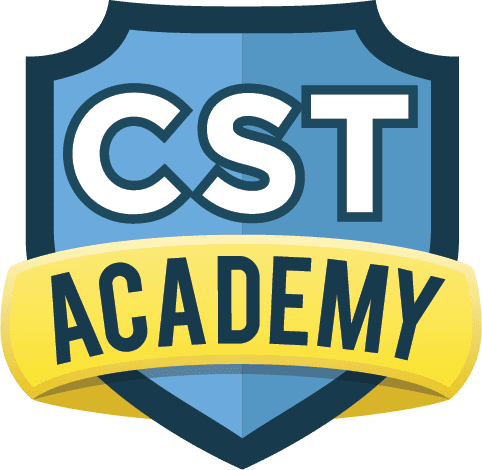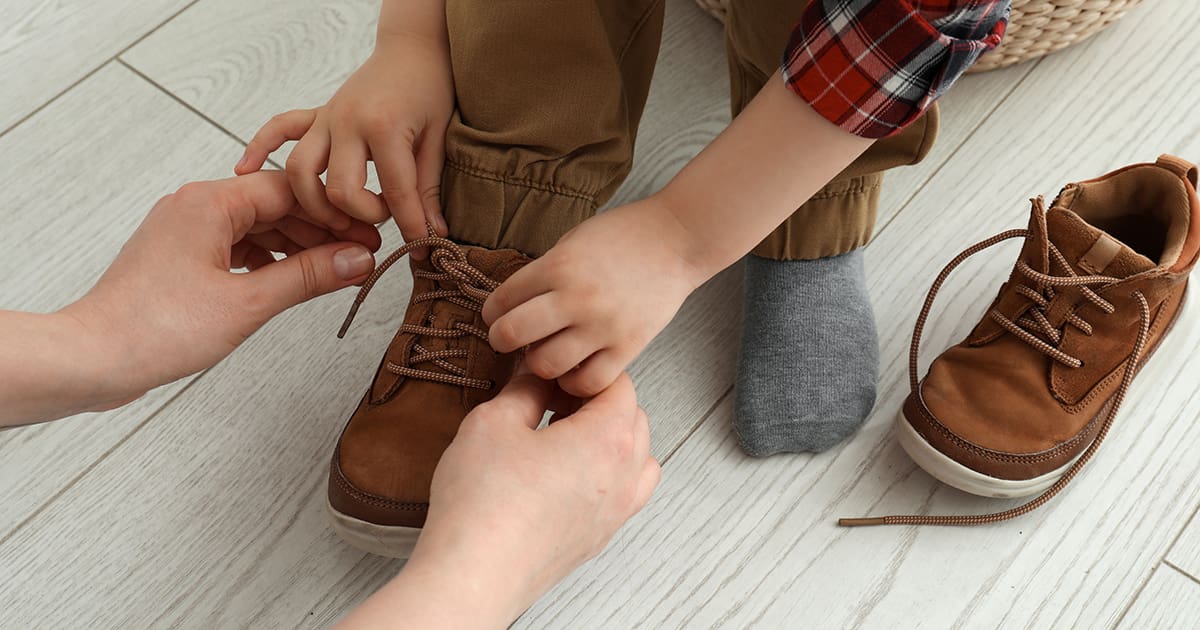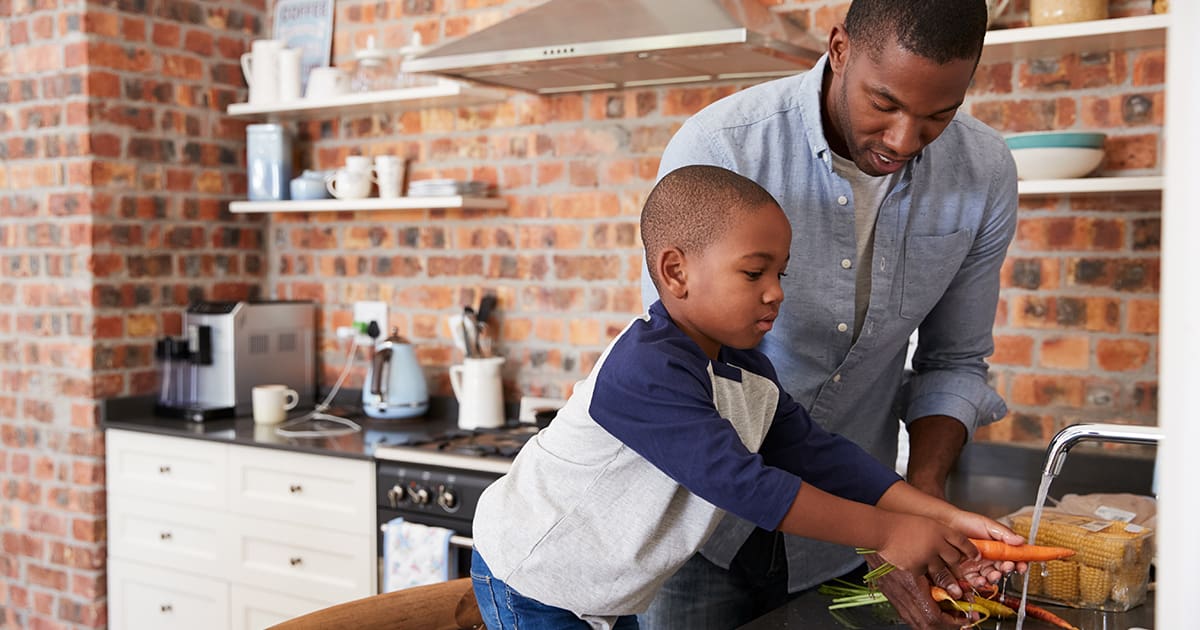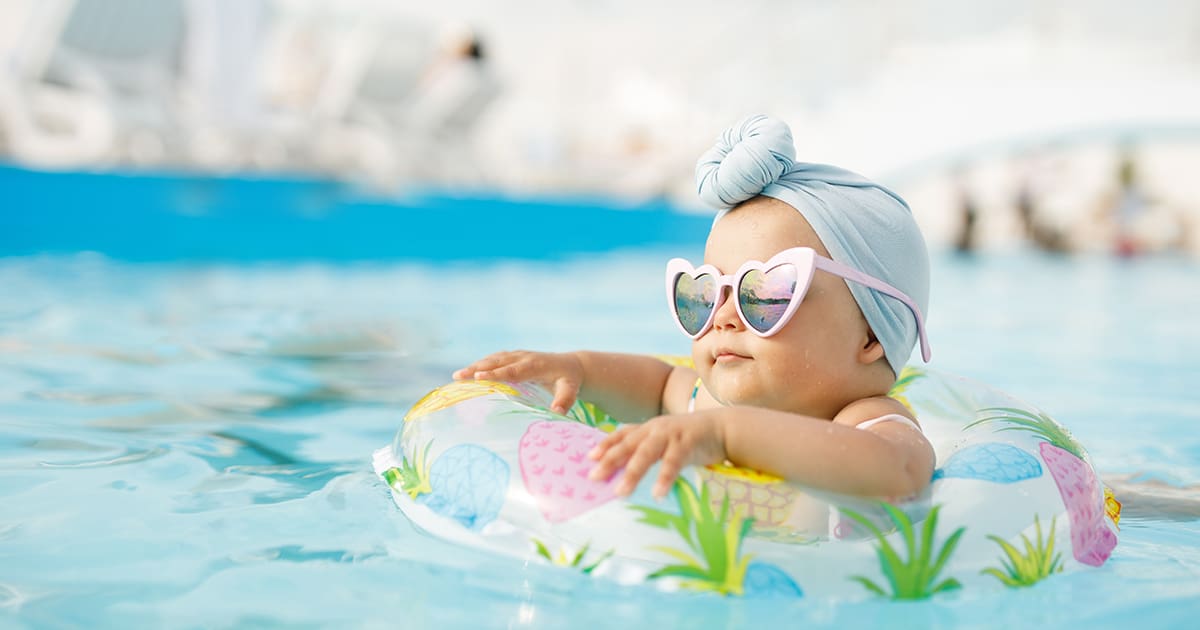Share this Post
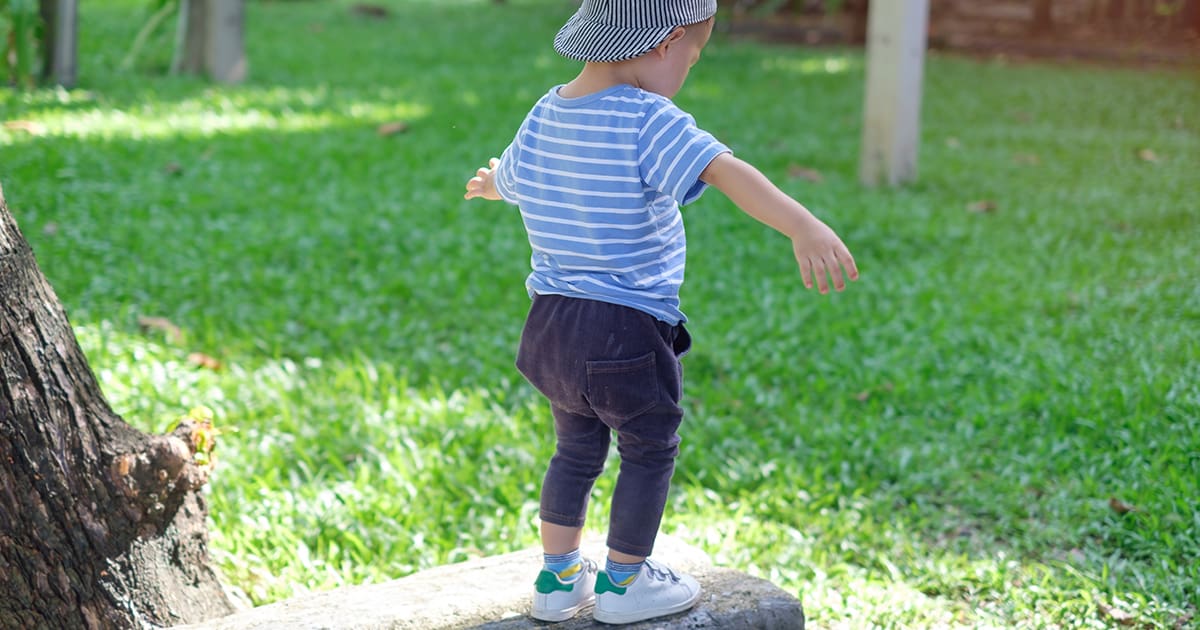
Balance and coordination are crucial for children to engage in everyday activities confidently and safely. These motor skills help children navigate their environment, participate in physical play, and build social connections. For children with autism, however, challenges with motor development can often include difficulties in balance and coordination. These challenges might appear as trouble climbing stairs, hesitation on uneven surfaces, or avoiding activities like running or jumping.
At CST Academy, we understand the unique needs of children with autism and provide tailored, therapeutic programs to help them develop balance and coordination. Through a caring and individualized approach, we empower children to gain the motor skills they need to thrive in school, play, and life.
Why Children with Autism May Struggle with Balance and Coordination
Research suggests that many children with autism experience differences in sensory processing, which can affect motor planning and coordination. Sensory integration challenges might make it harder for these children to understand where their body is in space (proprioception) or to respond effectively to changes in their environment.
Common signs of balance and coordination difficulties in children with autism include:
- Difficulty walking on uneven surfaces or balancing on one foot.
- Avoidance of climbing, running, or jumping activities.
- Challenges with fine motor tasks, such as writing or using utensils, which often tie into overall motor development.
These challenges can make physical activities daunting, but with the right support, children can develop stronger balance and coordination skills over time.
How Balance and Coordination Support Overall Development
Improving balance and coordination doesn’t just benefit a child physically—it impacts their overall development in many ways:
- Increased Independence: With improved motor skills, children can confidently navigate their environment, such as climbing playground equipment or walking safely in crowded spaces.
- Enhanced Social Interaction: Participating in group games and physical play builds confidence and strengthens peer relationships.
- Improved Focus and Regulation: Physical activities that target balance and coordination can help children regulate their sensory systems, leading to better attention and emotional regulation.
At CST Academy, we focus on these holistic benefits, ensuring that children not only develop physical skills but also build the confidence and independence to explore their world.
How CST Academy Supports Balance and Coordination Development
CST Academy offers a compassionate, therapeutic environment where children with autism receive expert support tailored to their specific needs. Our multidisciplinary team includes occupational therapists, physical therapists, and other specialists who work together to create individualized plans for each child. Here’s how we help:
1.Play-Based Therapy Activities
We incorporate balance and coordination exercises into fun, engaging play activities. For example, children might practice walking on a balance beam, jumping between stepping stones, or playing catch. These activities are designed to improve motor planning while keeping children motivated and excited.
2.Sensory Integration Techniques
Many children with autism benefit from sensory integration therapy, which helps them process sensory information more effectively. Activities like swinging, climbing, or balancing on a therapy ball can improve body awareness and coordination.
3.Targeted Gross Motor Skills Development
Our programs focus on building gross motor skills through structured exercises that target balance and strength. Examples include obstacle courses, yoga-inspired movements, and guided stretches that help improve core stability and overall coordination.
4.Individualized Care Plans
Each child at CST Academy receives a personalized therapy plan tailored to their developmental needs. We regularly monitor progress and adjust activities to ensure they remain challenging yet achievable.
5.Family Involvement and Education
We believe in partnering with families to support their child’s development. Our therapists provide parents with practical strategies and activities they can practice at home to reinforce balance and coordination skills.
Activities to Support Balance and Coordination at Home
Parents play a vital role in helping their child develop these critical skills. Here are a few activities you can try at home:
- Obstacle Courses: Create a simple obstacle course using pillows, chairs, and household items to encourage climbing, crawling, and balancing.
- Animal Walks: Have your child imitate animal movements, such as hopping like a frog or walking like a crab, to strengthen their core and coordination.
- Balance Games: Use a tape line on the floor as a “balance beam” or play games like “Simon Says” with movements that require balancing on one leg.
- Yoga for Kids: Simple yoga poses, like tree pose or downward dog, can improve balance while promoting relaxation.
- Jumping Activities: Encourage your child to jump on a mini trampoline or hop between floor markers to build coordination.
These activities can be adapted to suit your child’s abilities and interests, making motor skill development a fun part of daily routines.
Real Results, Real Progress: The CST Academy Difference
At CST Academy, we are proud to see the progress children make as they develop stronger balance and coordination skills. Parents often share stories of their child gaining the confidence to climb playground equipment for the first time or mastering physical activities they previously avoided.
Our team’s expertise, combined with our compassionate and individualized approach, ensures that every child receives the support they need to reach their full potential. Whether it’s taking those first confident steps on a balance beam or joining in a group game with peers, we are here to guide your child every step of the way.
Why Choose CST Academy?
CST Academy is dedicated to helping children with autism build the skills they need to succeed in all areas of life. By focusing on balance and coordination development, we empower children to grow physically, socially, and emotionally. With expert therapists, play-based learning, and a collaborative approach with families, we create a nurturing environment where every child can thrive.
Take the Next Step with CST Academy
If you’re ready to help your child develop balance and coordination skills, CST Academy is here to support you. Contact us today to learn more about our therapeutic programs and how we can partner with your family to help your child grow, learn, and thrive.
Discover Our Pediatric Therapy & Autism Care
ABA Therapy
Support for children with autism.
Diagnostic Evaluation
Expert assessments to identify child needs.
Pediatric Therapy Services
Speech, Occupational, Feeding, and Physical Therapy.
Therapeutic Preschool & Kindergarten
A classroom environment designed for early learners with unique needs.

How CST Academy Improves Balance and Coordination in Children with Autism
Targeted Autism Care That Supports Physical and Developmental Growth
Developing balance and coordination in children with autism is key to supporting confidence, independence, and physical well-being. At CST Academy, our comprehensive autism care integrates physical and occupational therapy to target motor planning, strength, and body awareness. With personalized strategies and a play-based approach, we help children build these foundational skills in a fun and supportive environment.
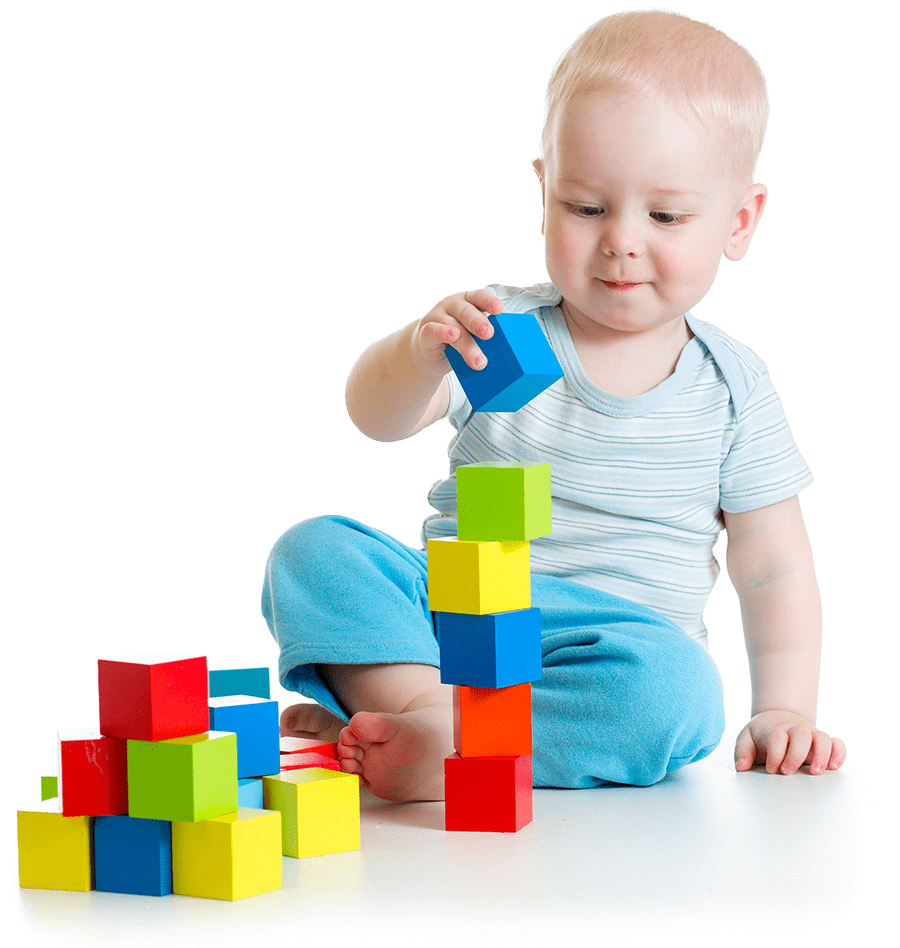
Find the Best Care for Your Child

